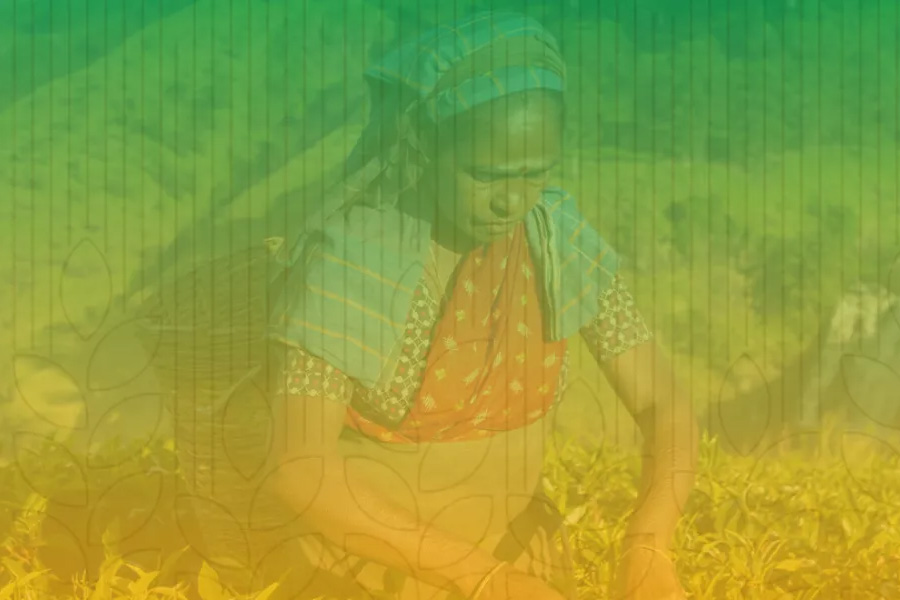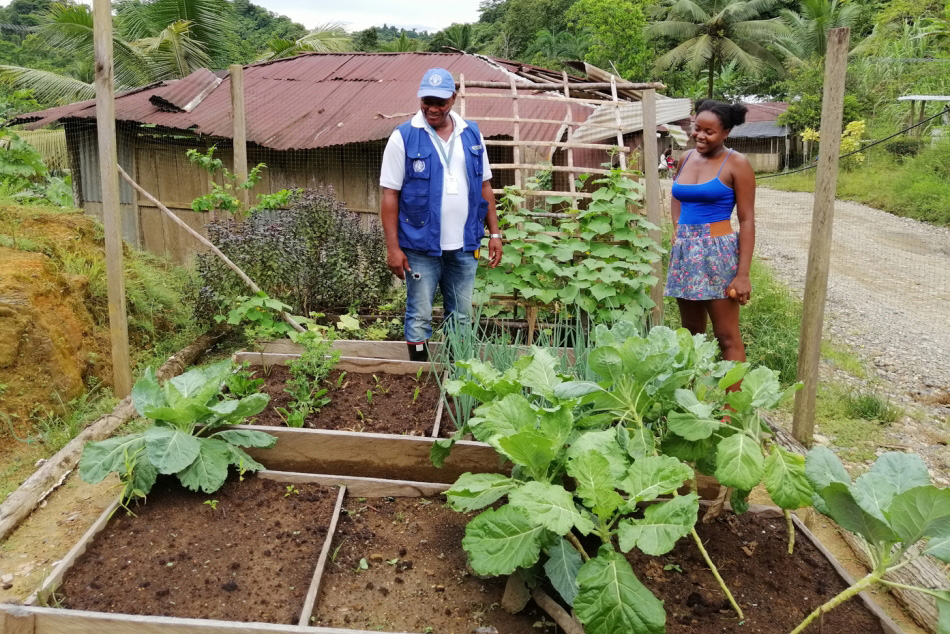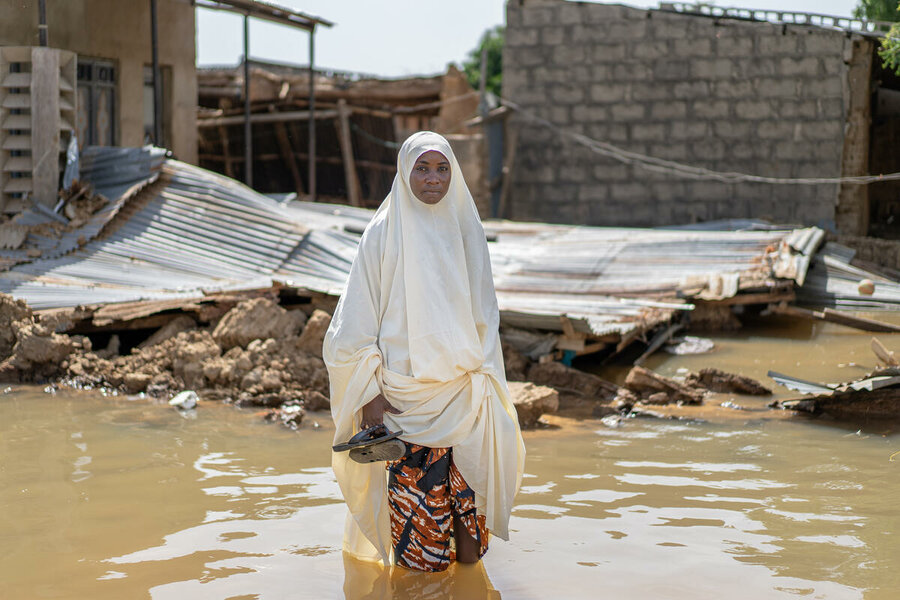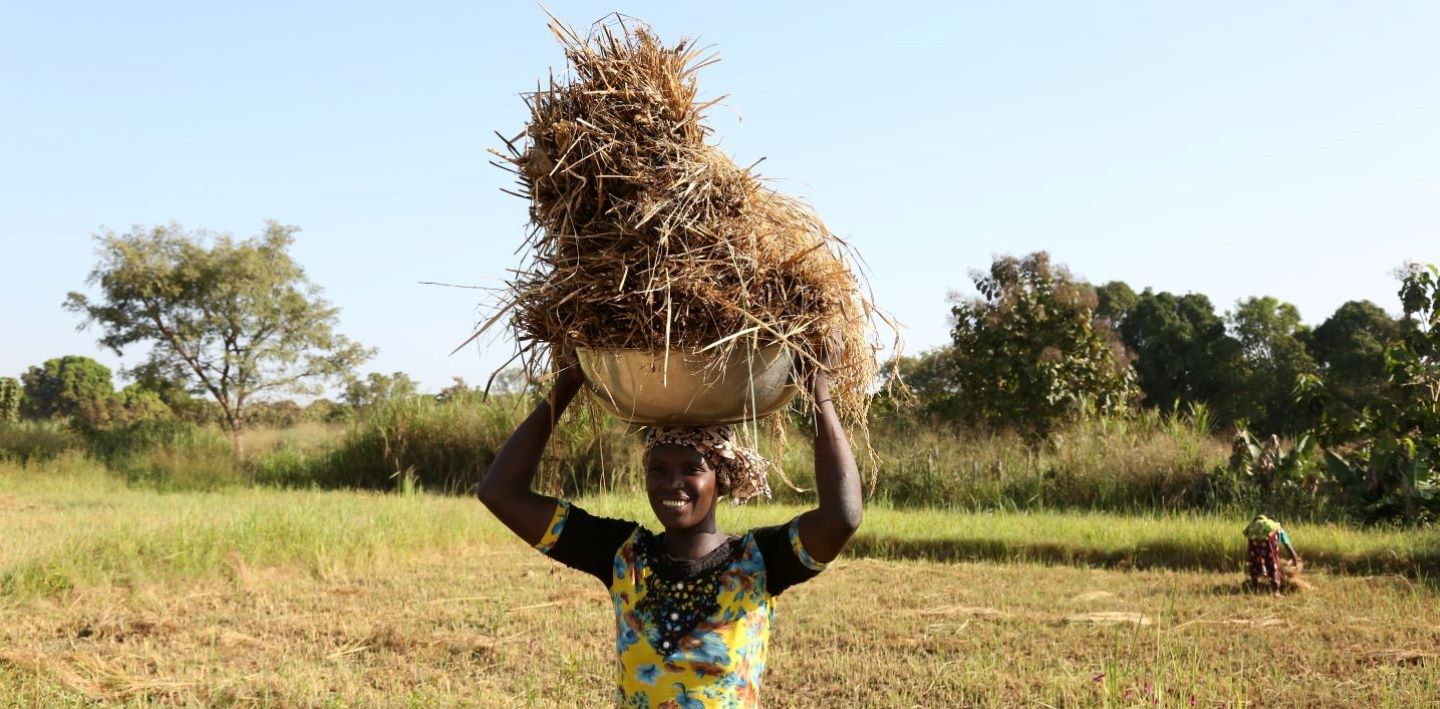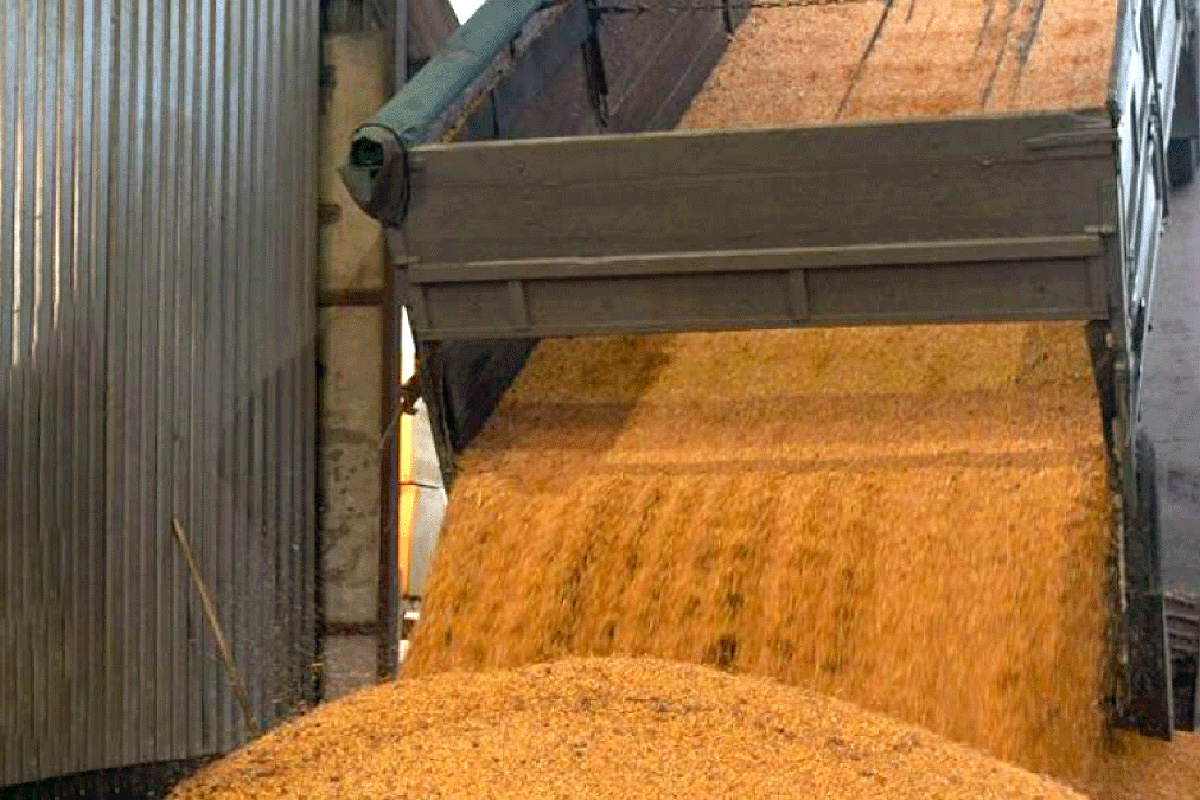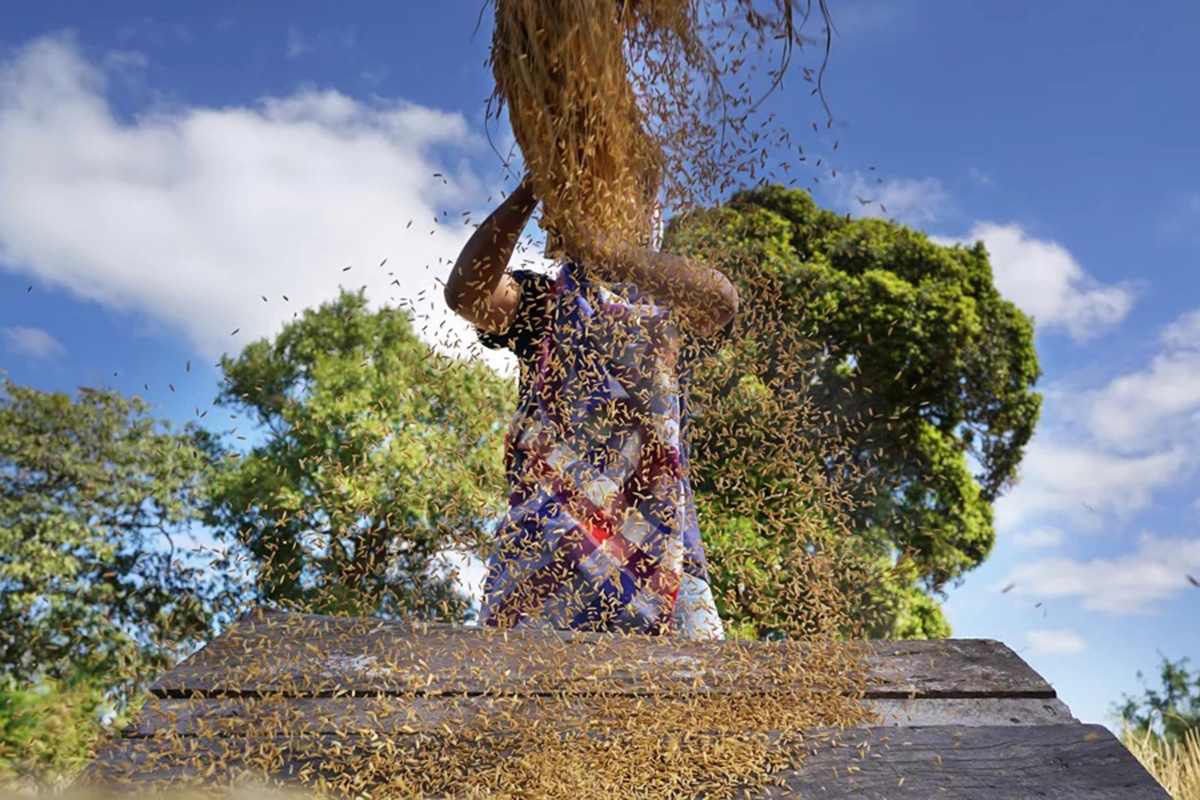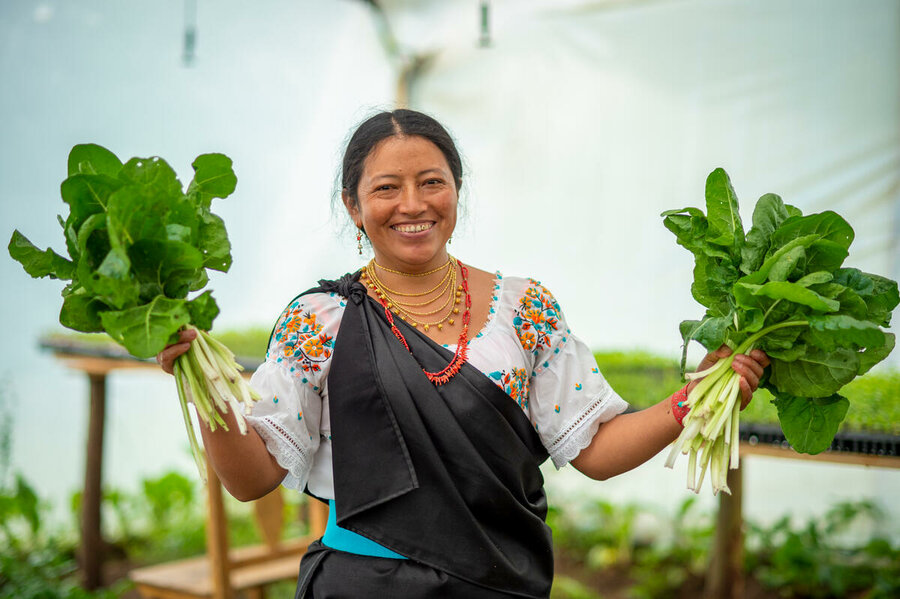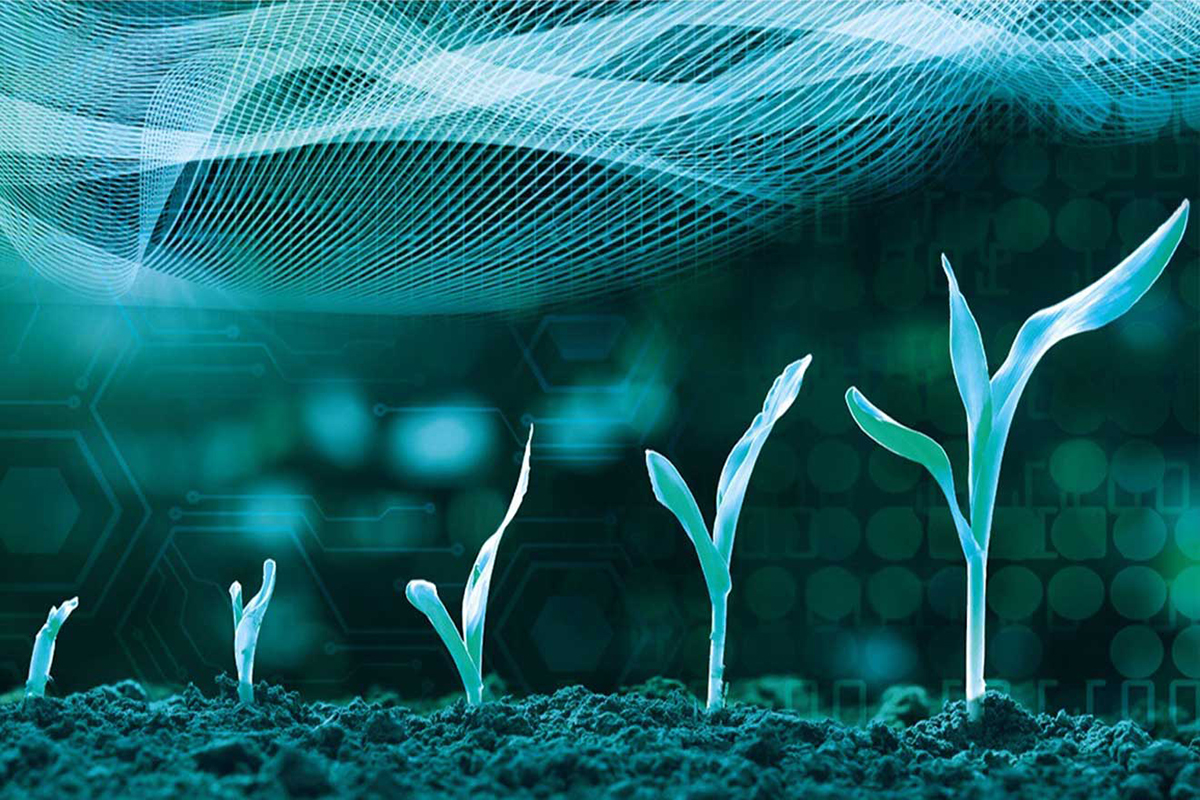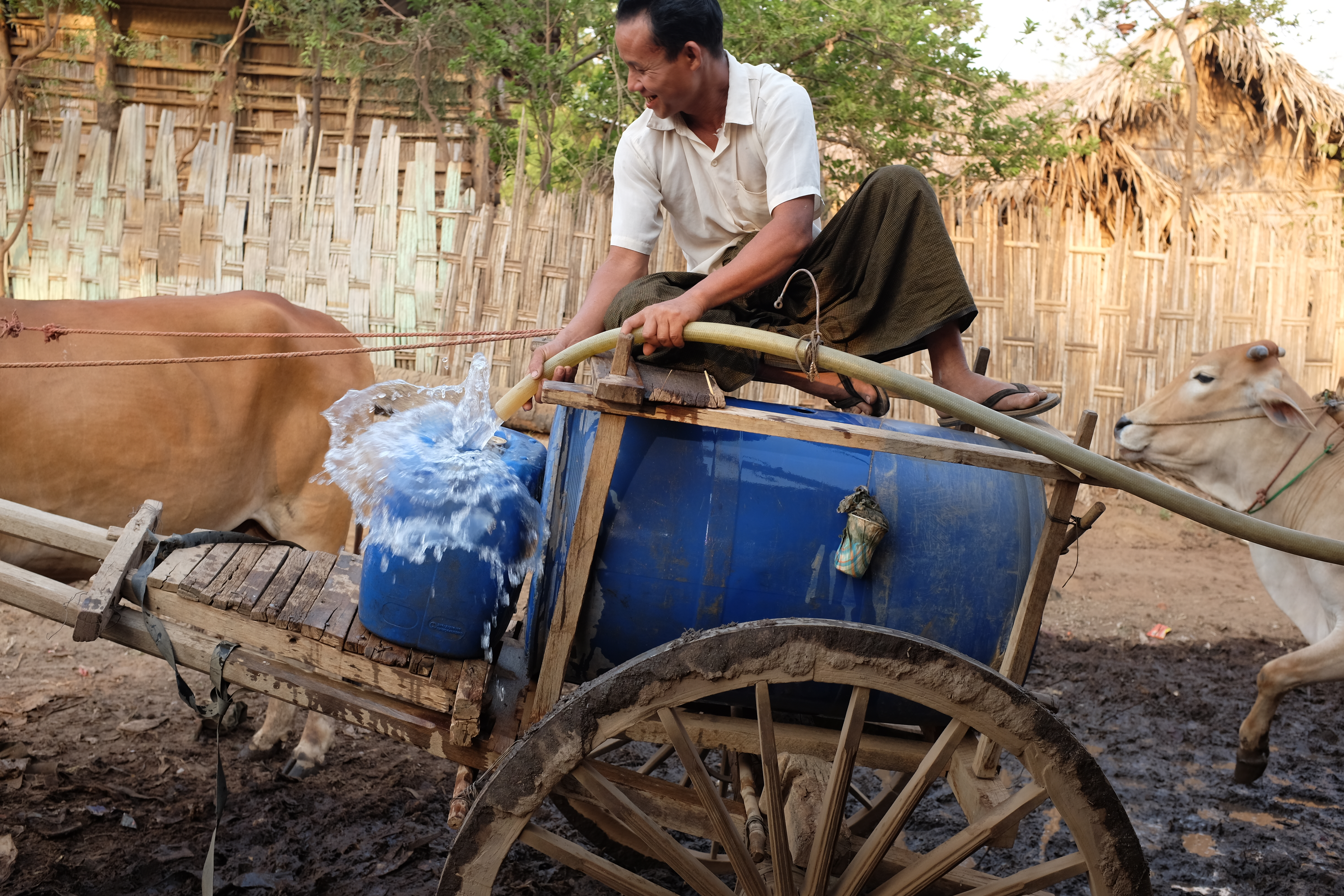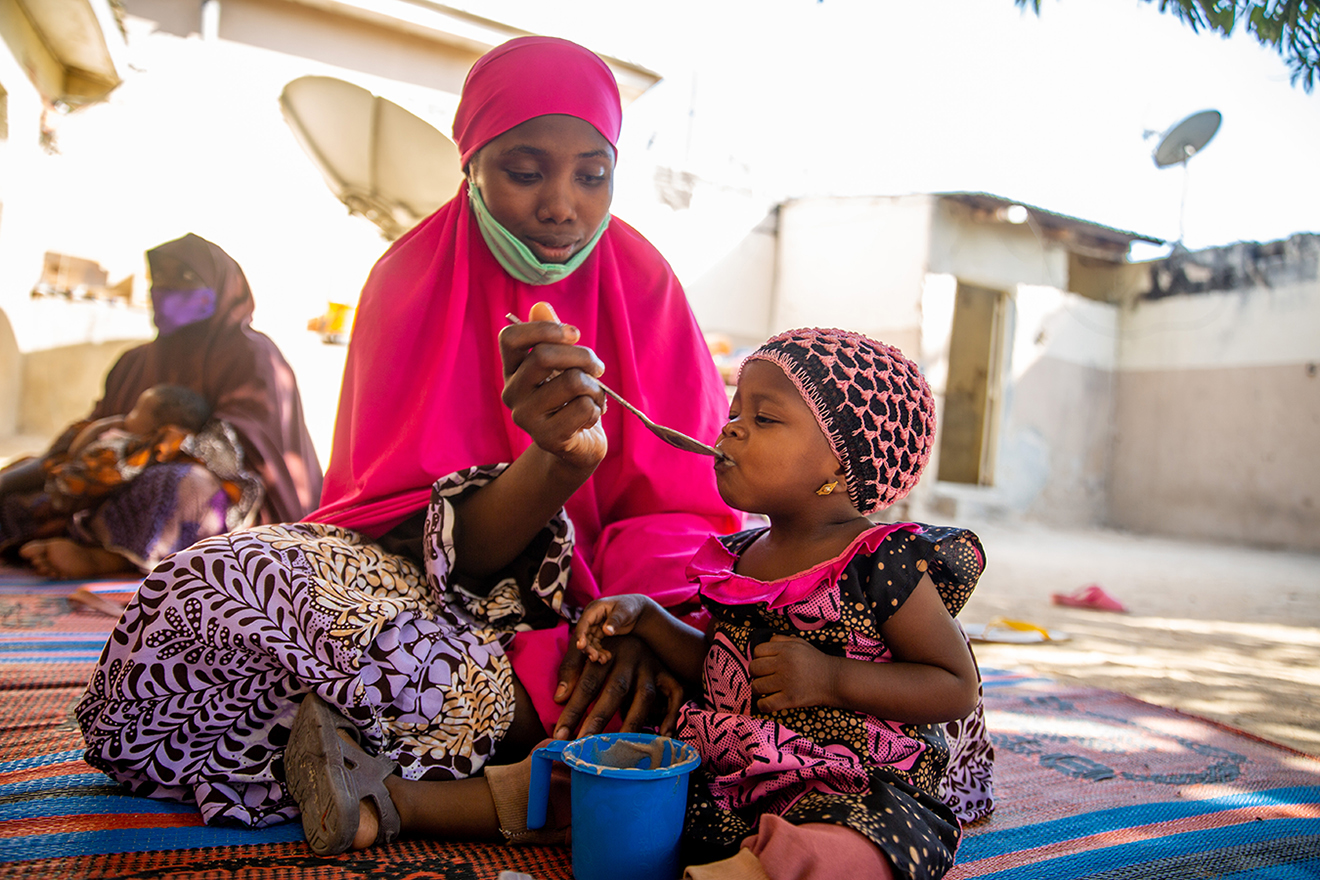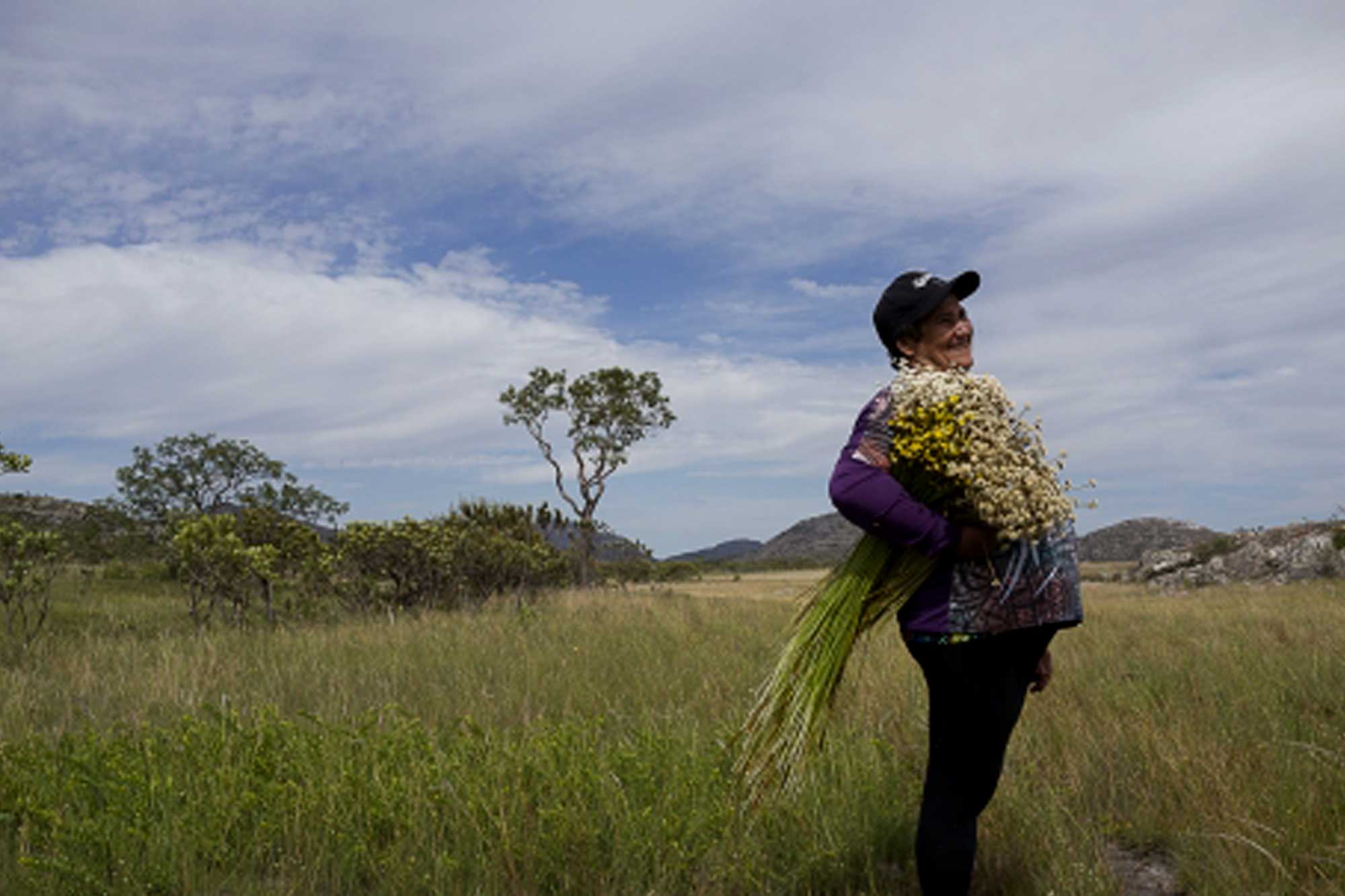Have you ever wondered why some communities today constantly face extreme hunger? There’s a common saying that goes: “Give a person a fish and they will have dinner for the night but teach them to fish and they’ll never have to worry about food again”. It sounds easy enough, but what happens in the event of a disaster? What if the lake dries up? How do small-scale food producers survive emergencies? Watch this FAO video to find out.
The World Bank shows that the price inflation remains high on domestic food around the world. July to October 2022 shows high inflation in almost all low-income and middle-income countries.
In recent decades, the violence has left millions of Colombians internally displaced. A peace agreement between the government and the Revolutionary Armed Forces of Colombia in 2016 marked a significant watershed. Yet six years on, displacement has continued, leaving 7.35 million people in the country still in need of food security assistance. But at least for the villagers of Cedro, daily life recently has had a calmer and more normal feel to it. A project by FAO helps provide for the villagers’ food and livelihood needs and get them on a path back to normal life.
Due to the devasting fallout from the COVID-19 pandemic, Sahar and her husband were among the young Gazans left with an income barely allowing them to get by. They could scarcely keep their family business afloat. Today, their products are quickly snapped up by local residents across the Gaza Strip. Sahar’s fortunes changed dramatically last year thanks to a joint UN initiative to mitigate the pandemic’s impact on women entrepreneurs. Targeting small and medium businesses, the programme rolled out by the WFP and four sister UN agencies, developed the skills and capacities of 40 women-led agribusinesses in the Gaza Strip and West Bank. Find out more about the programme here.
Heatwaves, droughts, floods, and storms are increasing in intensity and frequency and impacting people’s ability to feed their families. As world leaders prepare to meet in Sharm el-Sheikh in Egypt for the UN Climate Change Conference (COP27), WFP is calling on world leaders to act swiftly to help millions of people facing rising hunger and famine. The UN agency is urging global leaders to invest in systems that predict climate hazards and provide physical and financial protection to the most vulnerable. It is calling on world leaders to invest in climate action in communities in fragile contexts and to transform food systems. Find out more about the coordinated action needed to tackle the climate crisis.
The food we eat and how we produce it is evolving. IFAD explains what our plates might look like in the future and explore how the world’s small-scale farmers are revolutionizing what we eat.
A recent UNCTAD report shows how the Black Sea Grain Initiative, effected to resume exports of Ukrainian grain via the Black Sea amid the ongoing war, has offered hope and shown the power of trade in times of crisis. The report underlines why it’s critical to renew the initiative next month. Thanks to the initiative, port activity in Ukraine is picking up and large shipments of grain are reaching world markets. The total tonnage of grain and other foodstuffs exported through the initiative had reached almost 8 million metric tons.
The shrinking value of the currencies of most developing economies is driving up food and fuel prices in ways that could deepen the food and energy crises already faced by many, according to the World Bank’s latest Commodity Markets Outlook report. Because of currency depreciations, almost 60 percent of oil-importing emerging-market and developing economies saw an increase in domestic oil prices, even as prices decline in U.S. dollar terms.
Indigenous women like this Ecuadoran farmer have precious ancestral knowledge about growing and using traditional foods. They are the backbone of their families and communities — and make up roughly one-eighth of Latin America’s rural population. Even more crucially, perhaps, they keep and transmit precious ancestral knowledge on growing and using traditional foods, whose importance is only now being recognized. Yet the vital role the region’s Indigenous rural women play in their communities and society is very seldom acknowledged, much less celebrated. WFP helps to support Indigenous rural women to overcome historic barriers, fully harness the ancestral wisdom they carry, and contribute on an equal footing to the life of their communities.
Innovative technologies can help us make our agrifood systems become more efficient, inclusive, resilient and sustainable. One such “new kid on the block” is blockchain technology.
Agrifood systems face complex and unprecedented challenges related to climate change, biodiversity loss, migration, conflict, economic instabilities, and COVID-19. The FAO Science and Innovation Forum, organized together with the World Food Forum and the FAO Hand-in-Hand Investment Forum from 17 to 21 October 2022, highlight the centrality of science, technology and innovation to catalyze the transformation of our agrifood systems. The events encourage a diversity of perspectives based on science for better production, better nutrition, a better environment, and a better life for all.
This FAO music video brings together kids from all over the world singing in many languages: ♩ "We dream of a better world, Where we can feed all of its people, No one left behind, And where everyone is equal.” ♩
Around 80 percent of farmland in Asia and sub-Saharan Africa is managed by smallholder farmers. However, farm families are affected by climate change, lower earnings, higher costs, and delayed access to markets. They also disproportionately feel the burden of commodity price increases and inflation. A UNDP-supported project in Myanmar and Cambodia links smallholder farmers with input suppliers or new output markets, thereby increasing farm production, incomes, and farmer resilience. Collective action also allows smallholder farmers to buy and sell larger volumes, and to negotiate for lower input prices and reduced individual transportation costs. Find out more about the project here.
2022 finds us amid an ongoing pandemic, conflict, a climate that won’t stop warming, rising prices, and international tensions. This is affecting global food security and almost 40% of the world’s population cannot afford a healthy diet. We need to build a sustainable world where everyone, everywhere has regular access to enough nutritious food. This World Food Day, let’s make sure that no one is left behind. Find out more, watch the live webcast of the Day's events, as well as Junior World Food Day. Join #WorldFoodDay!
In some places, farmers have learned to work in harmony with the environment and use knowledge passed down over centuries to implement sustainable practices and protect biodiversity in their ecosystems. These communities envisaged and implemented ingenious ways to conserve, preserve and sustainably use biodiversity while safeguarding livelihoods and landscapes. Through the GIAHS programme, FAO is helping preserve this agricultural heritage. Here are just 4 examples of GIAHS sites.

